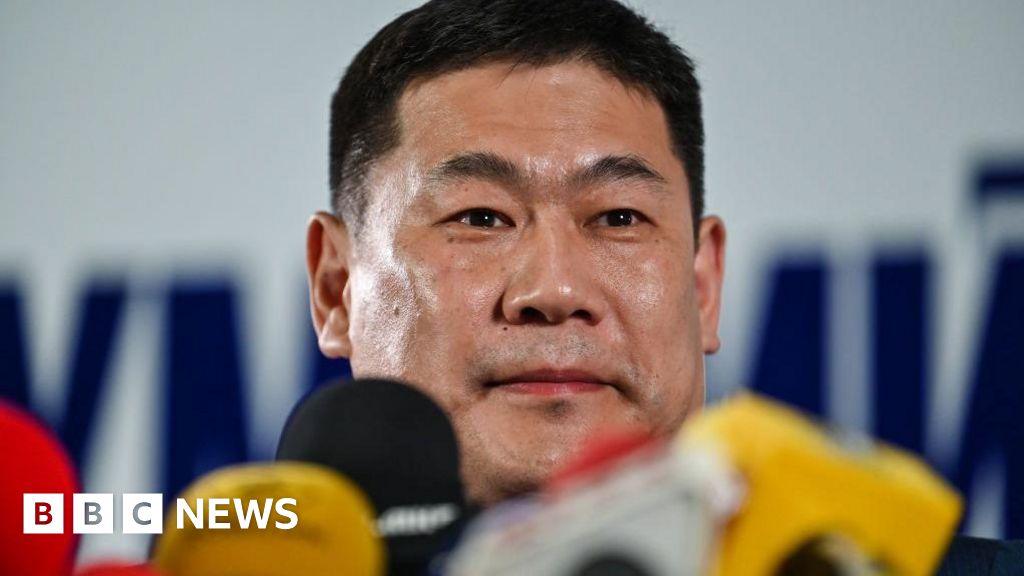ARTICLE AD BOX
Dozens of House Republicans on Wednesday reminded House Speaker Mike Johnson that the price for their support of President Trump’s “big beautiful bill” is ensuring it includes steep spending cuts.
They warned in a letter to Mr. Johnson and House Majority Leader Steve Scalise, both Louisiana Republicans, that they would only support the tax and spending cuts bill if it included “at least $2 trillion in verifiable savings.”
Those savings could come in the form of either steep spending cuts or scaling back the sweeping tax package that is a key component of the president’s agenda, which Republicans plan to ram through Congress in party-line votes with a budget reconciliation bill.
The letter, which was led by Rep. Lloyd Smucker of Pennsylvania, was signed by 32 Republicans, a mix of hard-line conservatives and moderates. The size of the anti-deficit bloc served as a major warning since it would only take four House Republicans to kill the bill.
Their call for serious plans to cut spending comes nearly a month after the House adopted the Senate GOP’s budget rewrite. It was adopted only after fiscal hawks received written assurances from Republican leaders that the final bill would include at least $1.5 trillion in cuts that would not add to the deficit when factoring in the expected $2.5 trillion in economic growth that passing the president’s agenda could spur.
While spending cuts demanded in the letter are higher than what congressional leaders agreed to earlier last month, it does fall in line with the original goal of $2 trillion in cuts in the House’s budget instructions.
The 32 lawmakers said that if the $2 trillion goal is not met, they expect a “dollar-for-dollar” reduction in the tax cuts drafted by the House Ways and Means Committee.
“Under the House’s framework, the reconciliation bill must not add to the deficit,” they said.
The tax-writing panel has a ceiling of $4.5 trillion in expected net costs for extending Mr. Trump’s 2017 tax cuts. Under the lawmakers’ demands, for example, if the committees instructed to find savings can only reach $1 trillion in spending cuts over the next decade, then the Ways and Means Committee’s ceiling would drop to $3.5 trillion.
That would threaten tax policies that Mr. Trump desires, such as ending taxes on tips and overtime pay.
“Critically, the deficit reduction target must be met with real, enforceable spending cuts – not budget gimmicks,” the lawmakers said. “The final bill must deliver structural reforms that strengthen long-term growth and produce long-term savings.”
They said that while $2 trillion may sound substantial, the cuts would only account for 2.3% of federal outlays over the next decade and would only reduce the rate of growth in spending.
Even if they hit their goal, they said, annual spending is still expected to grow from $7 trillion to $10 trillion over the next decade, and the debt will exceed $50 trillion by 2035.
“The House reconciliation instructions are binding. They set a floor for savings, not a ceiling,” they said. “We must hold that line on fiscal discipline to put the country back on a sustainable path. We are more committed than ever to making that happen.”

 3 months ago
45
3 months ago
45








 English (US) ·
English (US) ·